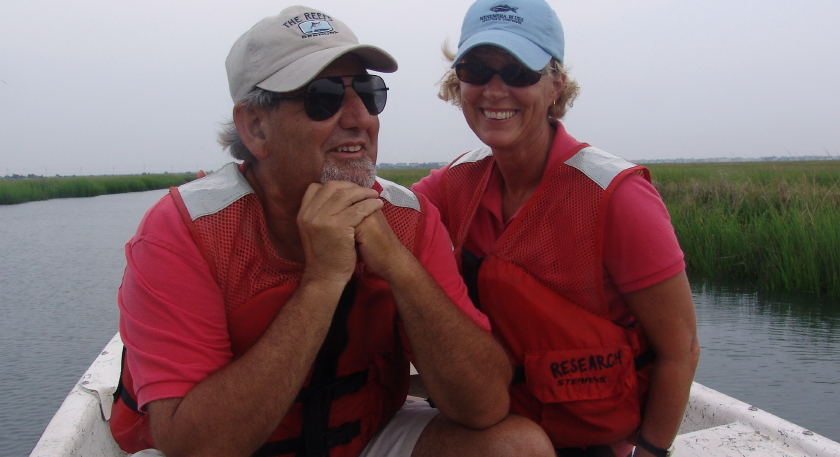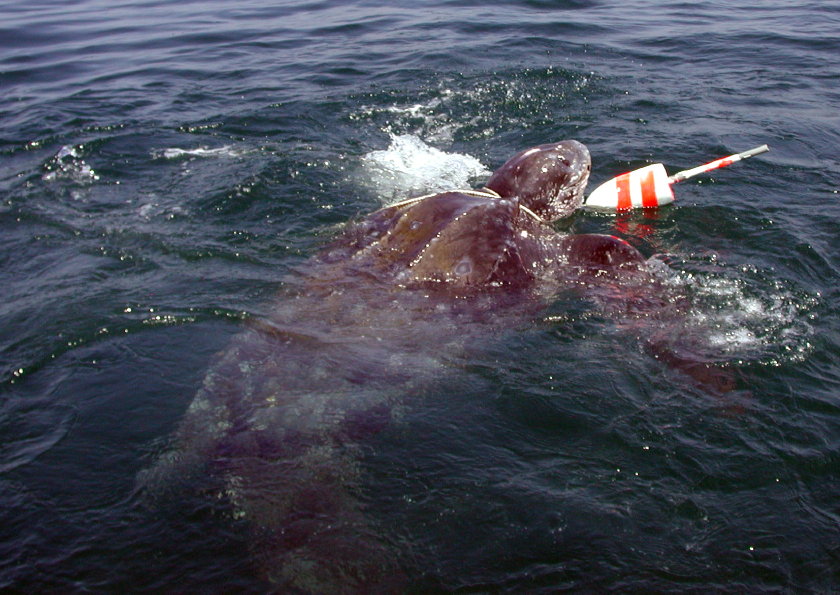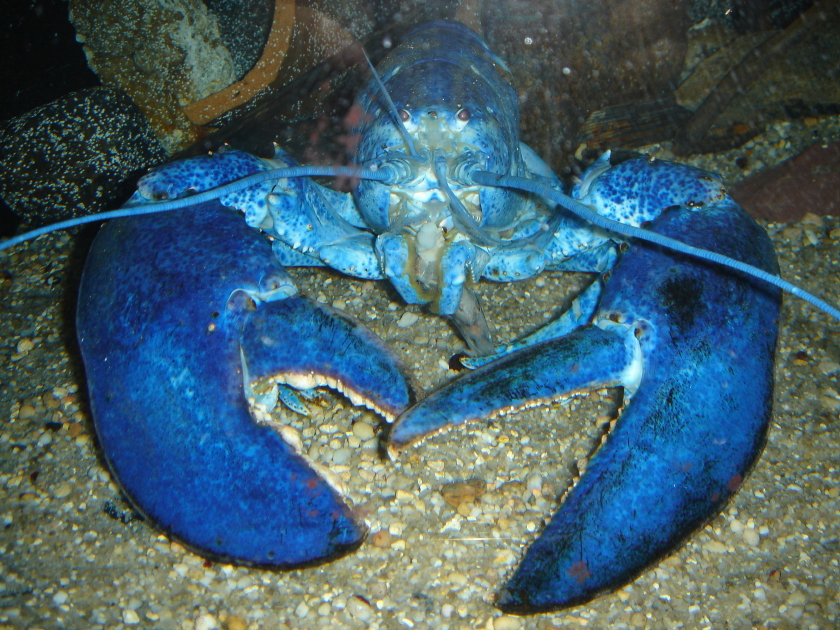Don Lewis and Sue Wieber Nourse in the Field
At the request of the Wareham Land Trust, Don Lewis and Sue Wieber Nourse will offer a multimedia presentation on turtles of the South Coast and Cape Cod on February 14th, 2009 at the Wareham Free Library. Through the magic of virtual media, they will transform the library into a summer field site, so that kids from four to one hundred four can experience first-hand the transformational moments of turtle exploration and discovery. As folks enter the library, they will cast off the chills of one of the coldest winters in active memory.
Click Here to View Video in High QualityÂ
Ice Bound Wellfleet Bay
How cold is it, Johnny? Well, take a look above at Wellfleet Bay, one of the principal sites we will visit in our presentation, which was locked in imbricated ice floes when we visited just yesterday. If you detect a shake in the camera, you’re right. My bare hands were less than steady as icy winds whistled across the icebergs.
Â
Click Here to View Video in High Quality
Male Eastern Box Turtle on Lazy Summer Stroll
But we’ll put aside the ice and the cold, and huddle close to the screen to capture the reflected warmth of summer adventures. We’ll watch as turtles wake from winter slumber and bask in bright sunshine to gain enough energy to resume activity. We’ll sneak a peek as adults wander into the singles bar, known less affectionately, but more scientifically as a mating aggregation. We’ll hide nearby to observe females trek across obstacles to reach their natal nesting sites and to deposit a clutch of eggs representing the next potential generation of turtles. Later, we’ll watch as hatchlings emerge to take their first breath of air as they scramble to the relative safety of nursery habitat.
Endangered Red-Bellied Cooter Hatchling
 Whether an endangered red-bellied cooter,
Diamondback Terrapin and Eastern Box Turtle Hatchlings
… or a threatened diamondback terrapin or even an Eastern box turtle, listed as a species of special concern, we’ll learn secrets about what makes these shelled critters such wild and wonderful bellwether species of our natural world. As their populations tumble, so goes the quality of the world around us. As they prosper, we see positive advances in the quality of our lives, too.
900-Pound Leatherback Entangled in Lobster Buoy
We’ll also come face to face (virtually) with five species of threatened and endangered sea turtles that inhabit our bays and coastline. We’ll rescue a 900-pound entangled leatherback sea turtle trapped in lobster buoy lines in deep summer. We’ll patrol storm tossed beaches of Cape Cod Bay in the fall to rescue the most endangered sea turtle in the world, the Kemp’s ridley, as well as loggerheads and green sea turtles (see Loggerhead Days of December).
Wareham Land Trust Poster
Finally and hopefully if the weather gods cooperate, we will have a couple of surprise guests on hand to personally greet each and every member of the audience, and to reveal in their own reptilian way what it’s like to be a tiny turtle struggling to survive in an overly caffeinated, adrenalized and asphalted world. In other words, turtle talk straight from the reptilian soul. A member of the Turtle Journal team will be on hand to translate with appropriate, or should I say inappropriate, turtle words expurgated.













